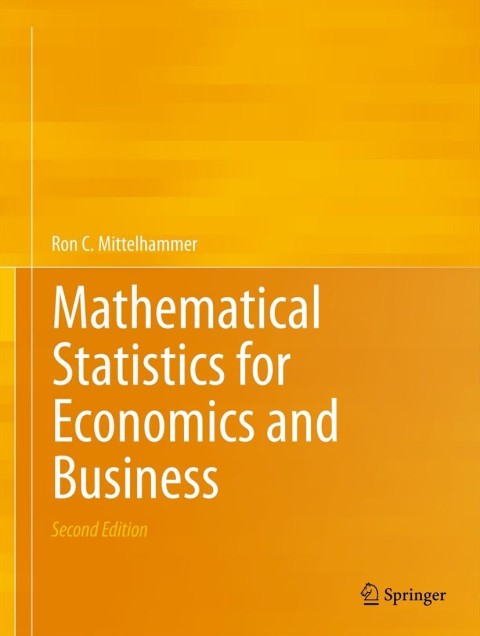The Rockbed Insurance Company sells 1-year term life insurance policies for ($ 10,000) of annual coverage, where
Question:
The Rockbed Insurance Company sells 1-year term life insurance policies for \(\$ 10,000\) of annual coverage, where a 1 -year premium is charged to put the policy in force, and then if the insured person does not live through the year, his or her estate is paid \(\$ 10,000\). The mortality tables in the large market in which the company sells insurance indicates that a 25 year old person will have a .998 probability of living another year, and a 35 year old person has a .995 probability of living another year. Selling and administrative costs are \(\$ 25\) per policy.
(a) What is the expected profit on a \(\$ 10,000\) life insurance policy sold to a randomly chosen 25 year-old for a premium of \(\$ 50\) ?
(b) What is the premium that would need to be set on the policy in
(a) so that the policy is expected to break even (i.e., return zero profit)?
(c) What is the increment in premiums needed, above the premium charged a 25 year old, to insure a randomly chosen 35 year old with a \(\$ 10,000\) life insurance policy such that the policy is expected to break even?
(d) If Rockbed had \(\$ 1,000,000\) of insurance coverage to sell and was contemplating distributing it between only the 25 and the 35 year old populations of potential customers at a fixed premium of \(\$ 60\) per \(\$ 10,000\) policy, how should it attempt to distribute its sales so as to maximize expected profit?
Step by Step Answer:

Mathematical Statistics For Economics And Business
ISBN: 9781461450221
2nd Edition
Authors: Ron C.Mittelhammer





